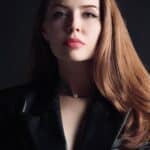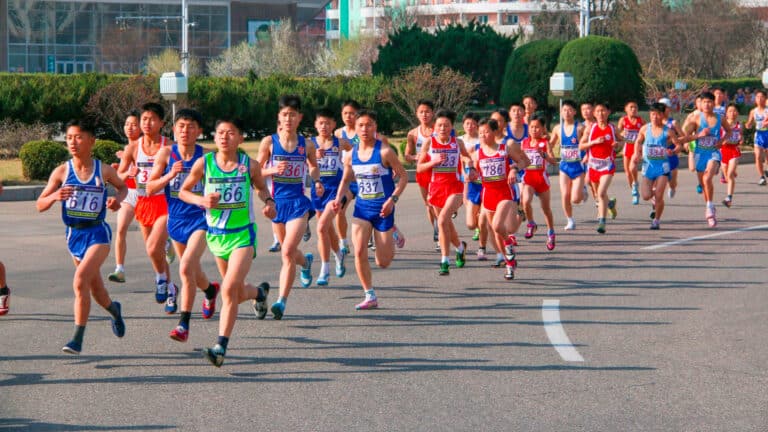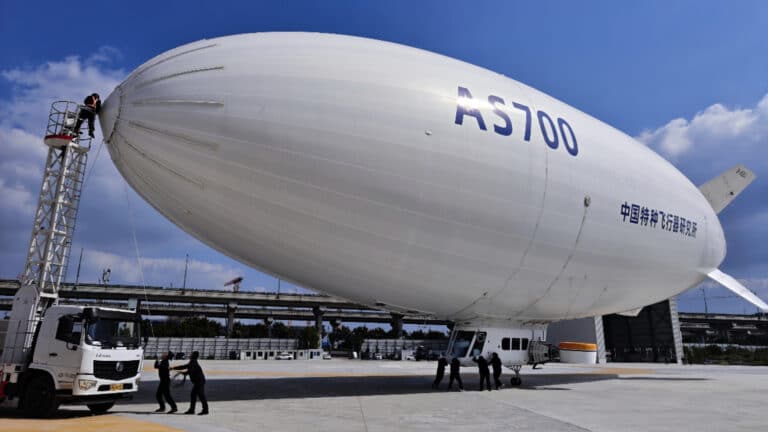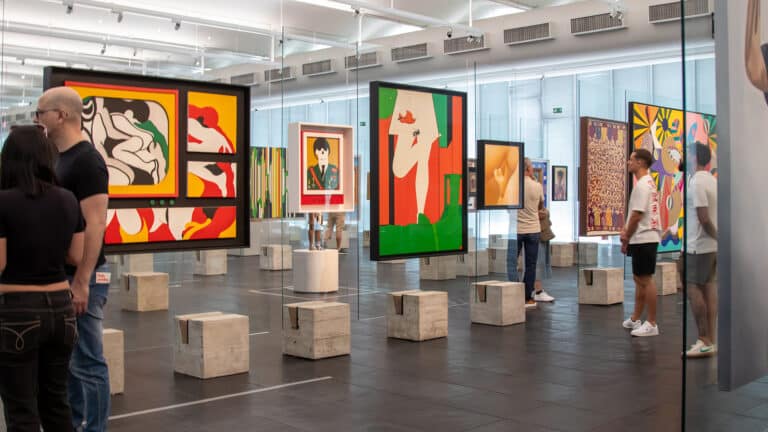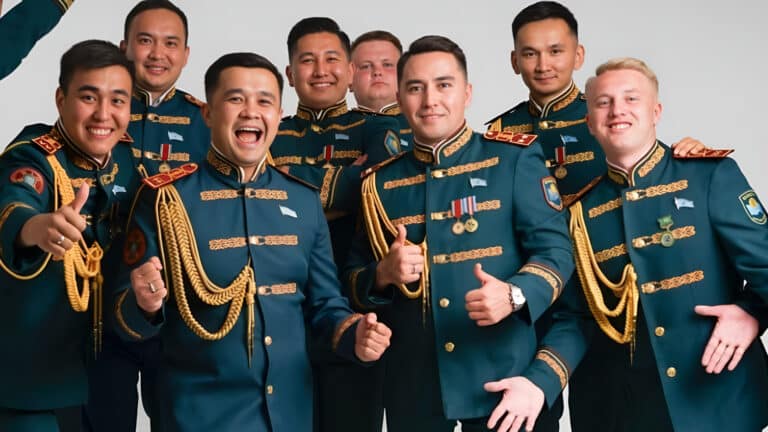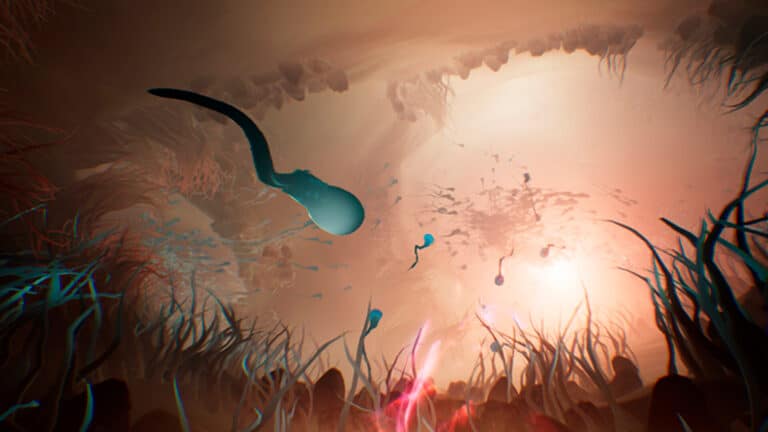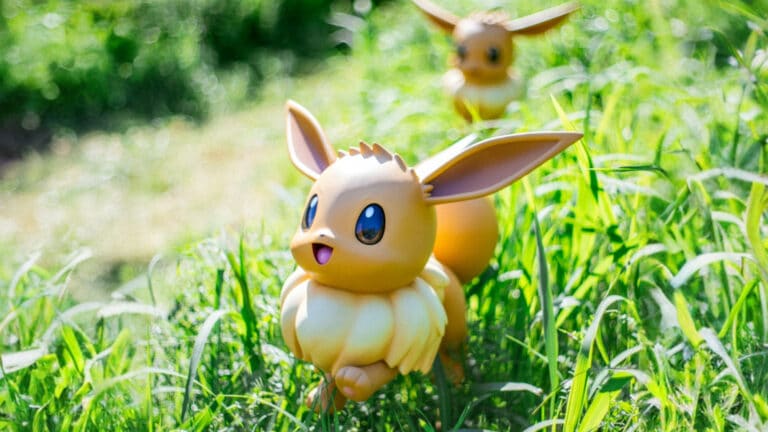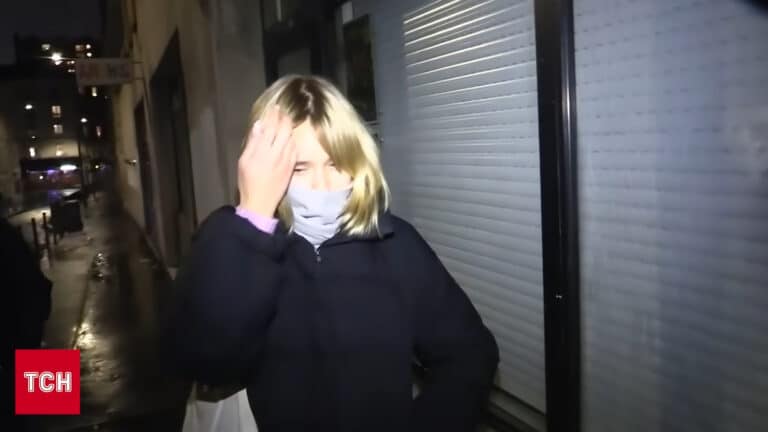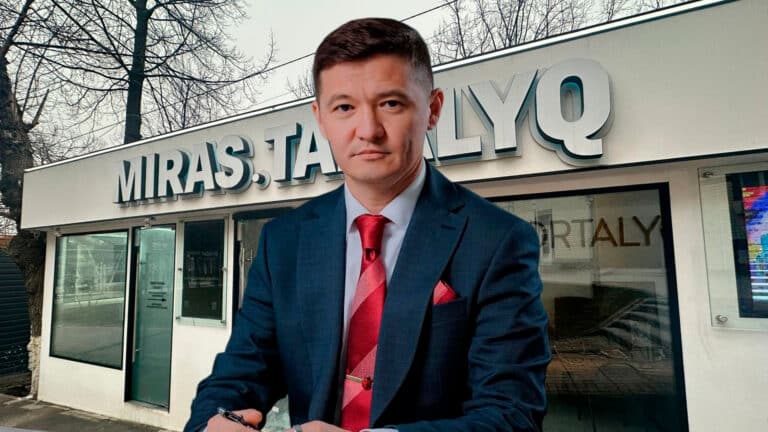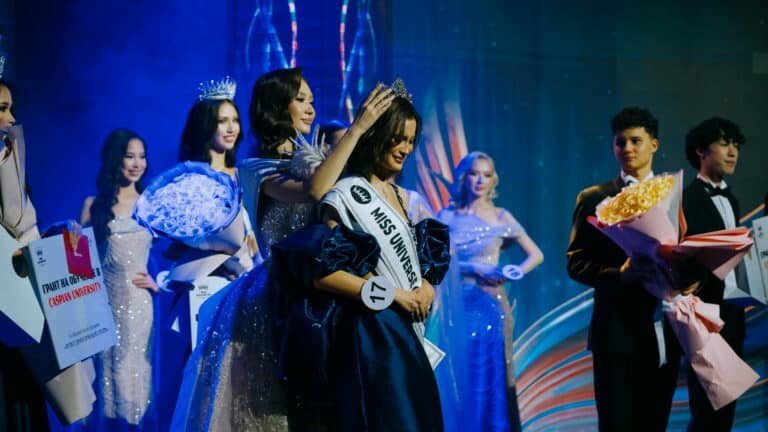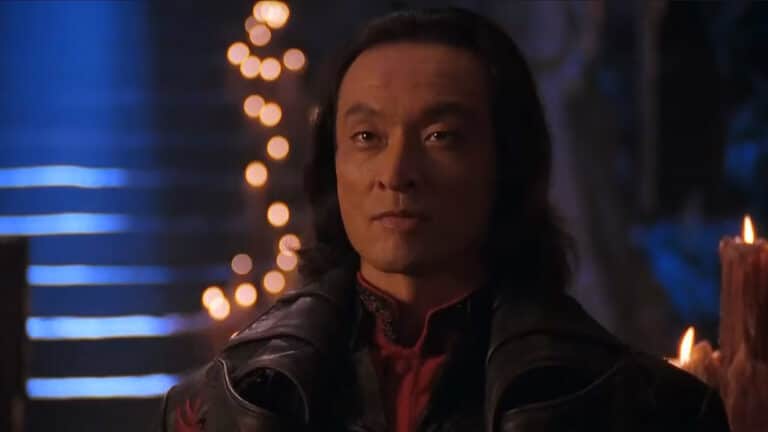
A video has gone viral on social media showing a woman visiting a beauty salon in Seoul — not for makeup or a haircut, but to have stylists determine her color type.
The clip was posted by blogger Rykipo, who lives in Korea and shares stories about local customs, traditions and culture. According to Rykipo, the salon — called Cocory and located in Seoul’s trendy Hongdae district — is one of the most popular places for color typing among locals and tourists alike.
The Korean approach to color typing
In South Korea, these consultations have long been part of the country’s massive beauty industry. A session typically involves assessing a client’s skin tone, eye color and hair color in natural light, along with the use of colored drapes to determine which hues complement them best.
A full analysis lasts 20 to 40 minutes and costs between $100 and $300. Clients receive a personalized color palette and recommendations for makeup, hair color and clothing. Some salons even offer optional makeup master classes or shopping guides based on the results.
Many beauty studios have expanded the service internationally, allowing tourists to book color analysis appointments through platforms like Klook and Creatrip, often with English-speaking specialists.
Notably, commenters on video reviews said that color typing has existed since the 1990s, but in Korea, it has been elevated into a professional art form. Others see the process as more entertaining than essential — though its growing popularity on social media suggests that the appeal goes far beyond curiosity.
What is a color type?
Color typing (color analysis) is a system for identifying which shades of clothing, makeup and accessories best complement a person’s natural features. It’s based on three key factors: skin tone, eye color and hair color.
The idea is that harmonious colors make a face appear fresher and more vibrant, while mismatched hues can emphasize dullness or uneven skin tone.
The most common approach divides people into four «seasons» — spring, summer, fall and winter — each associated with a specific palette of warm or cool, soft or contrasting shades.
How to find your color type
While professional color analysts treat this as a science, figuring out your best colors on your own isn’t impossible.
Autumn types often have warm, golden skin tones, red or brown hair, and brown eyes. Earthy shades like terracotta, olive and mustard typically look best on them.
Winter types can have very fair or deep skin, but always with a cool undertone. With dark hair and striking eye colors, they tend to look great in bold contrasts such as black, white, bright red and emerald green.

